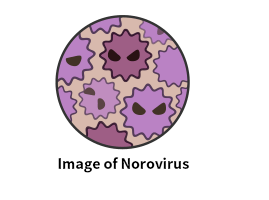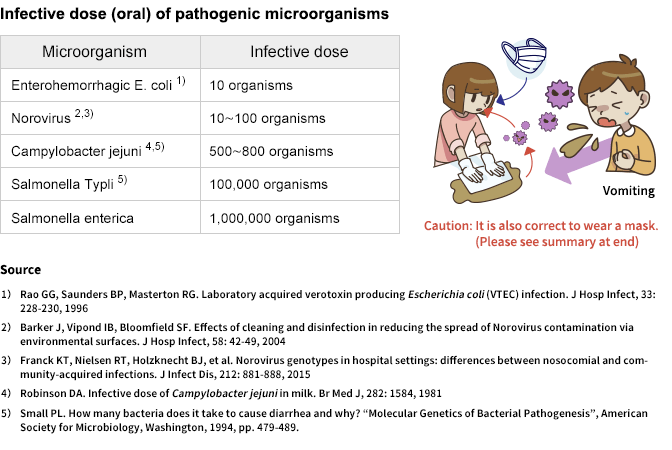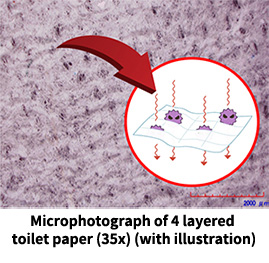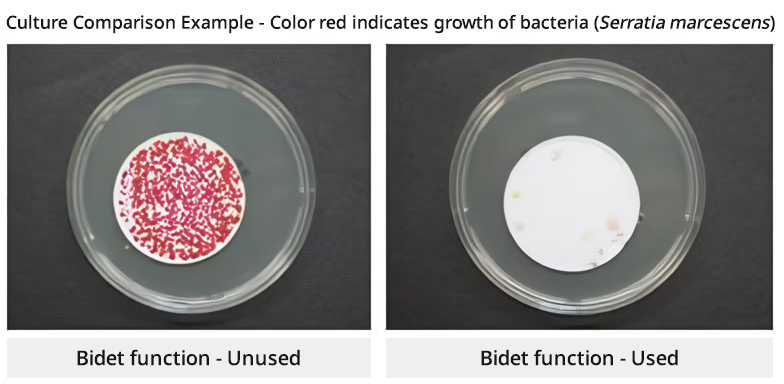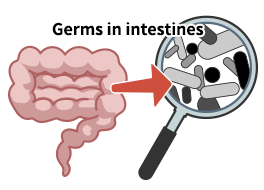Q1.What are common "intestinal infections" that many Japanese people get? Please tell us about the major intestinal infections.
Norovirus is extremely common. Outbreaks can easily occur when living in groups and it is especially prominent among the causes of intestinal infections.
Every year in Japan, more than 14,000 patients present with intestinal infections. However, not all symptoms are serious and thus not all people who are infected seek medical treatment. Therefore the actual number may be more than 10 times or even 100 times this number. Because there is no immunization, some people are infected multiple times.

The most common cause of infection in Japan is the habit of eating raw oysters. The reason for observing high infection rete between November and February is likely due to eating raw oysters during the winter.
Norovirus can be found concentrated broadly in bivalves. Of course, cooking it will render them safe to eat and there are also oysters that can be eaten raw in the summer such as the summer oysters from the Sea of Japan. Causes of norovirus infection are not limited to any certain type of oysters.
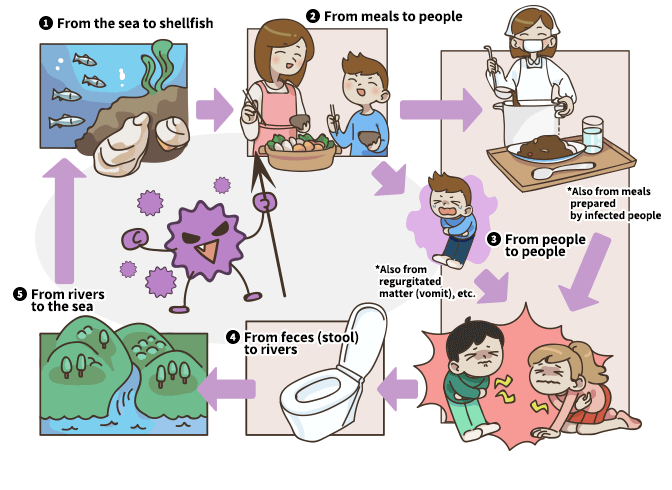
Becoming infected with norovirus will cause severe diarrhea, vomiting and much suffering; however, it will rarely be serious enough to cause death. It is basically similar to influenza and people will recover from it in 3 to 4 days.
However, there have been cases where elderly persons have died after being infected. In most cases, the cause of death is not the infection itself but rather choking on caused by vomiting or dehydration due to diarrhea.
Additionally, in recent years in Japan, what has increased is intestinal infections caused by Campylobacter. Infection is caused by eating half-cooked chicken, etc. When imported frozen chicken was examined, Campylobacter was detected in almost 70%. Therefore, you should make sure the chicken is appropriately cooked.



